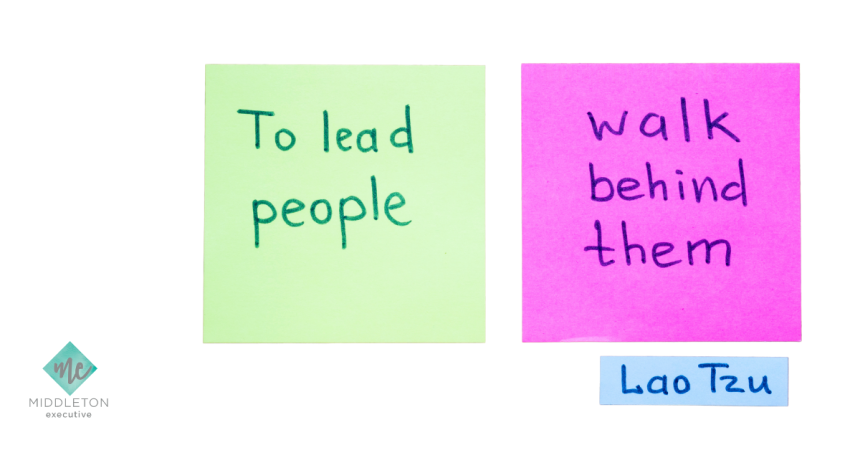Product management has evolved significantly over the past decade. One of the challenges in product management is the language used to describe the role, such as the term “mini-CEO,” which is misleading. The product manager’s role is more like that of a ringmaster, ensuring the different teams work together to deliver the best product possible.
In a recent conversation on The Product Edge podcast, Jonathan Swift, Executive General Manager at REA Group shared his wealth of experience in product and development management and discussed the challenges facing the new-age product manager.
What challenges does the new-age product manager face?
- The role of a product manager has become broader and more challenging with the introduction of technology-enabled products.
- Product managers must now collaborate with other tech, design, and analytics
teams. - The demands on a product manager’s time are greater than ever, and they need
to have excellent prioritisation skills and be able to focus on what’s important. - Success in product management requires skills such as multitasking, context
switching, and the ability to move chess pieces. - There’s no one way of working in product management, and it needs to reflect
the market an organisation operates in.
How does product leadership and people leadership differ?
Product leadership and people leadership are different. Although there may be some crossover in skills, great product leaders can be something other than people leaders.
- Product leadership involves understanding the market, knowing what success looks like for the product, focusing on outcomes, and being a great communicator.
- People leadership involves performance management, coaching, and career conversations.
While there may be some overlap in communication and influencing skills, great product leaders need to be able to explain complex problems in simple ways, take people on a journey, and be great storytellers. The ability to communicate and influence is a crucial factor in product leadership success.
What are the critical skill sets required to be a great product leader?
When hiring product leaders, soft skills are essential as they are the ones that make great product leaders stand out. To succeed, product managers must develop soft skills, such as communication and influencing. They should continue learning their craft and understand significant trends to do this. They should also spend time with different teams in their organisation to find out how the business operates and how their products fit into the bigger picture.
Four pitfalls to watch out for during the product journey.
- Refrain from over-indexing customer feedback, which may result in becoming biased.
- Make sure to distinguish roadmaps from delivery planners. Instead, focus on the product outcome, reduce unknowns, and validate assumptions.
- Avoid becoming too risk-averse and take acceptable risks to achieve ambitious goals.
- Understand the impact of aging platforms and tech debt on product development.
By avoiding these pitfalls, product managers can create successful products that meet customers’ needs.
In conclusion
The product management landscape has changed significantly in recent years, and product leaders need to be more like ringmasters than mini-CEOs. Soft skills are essential to success, and product managers must avoid common pitfalls, continuously learn, and understand significant trends to really drive their business and product forward.
For more insights, listen to the full episode, subscribe or listen to The Product Edge on your preferred podcast app.
If you’re looking for more resources or information about all things Product, check out The Product Edge or follow us on LinkedIn, Facebook, Instagram, or Twitter.

